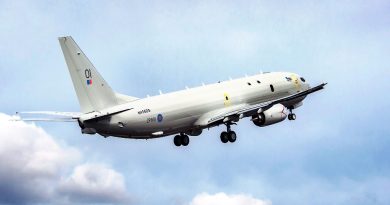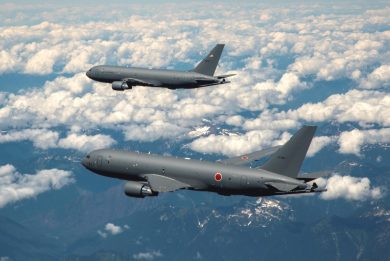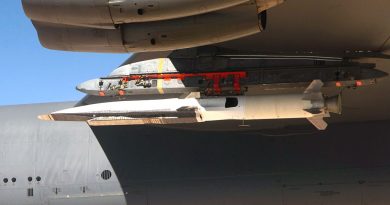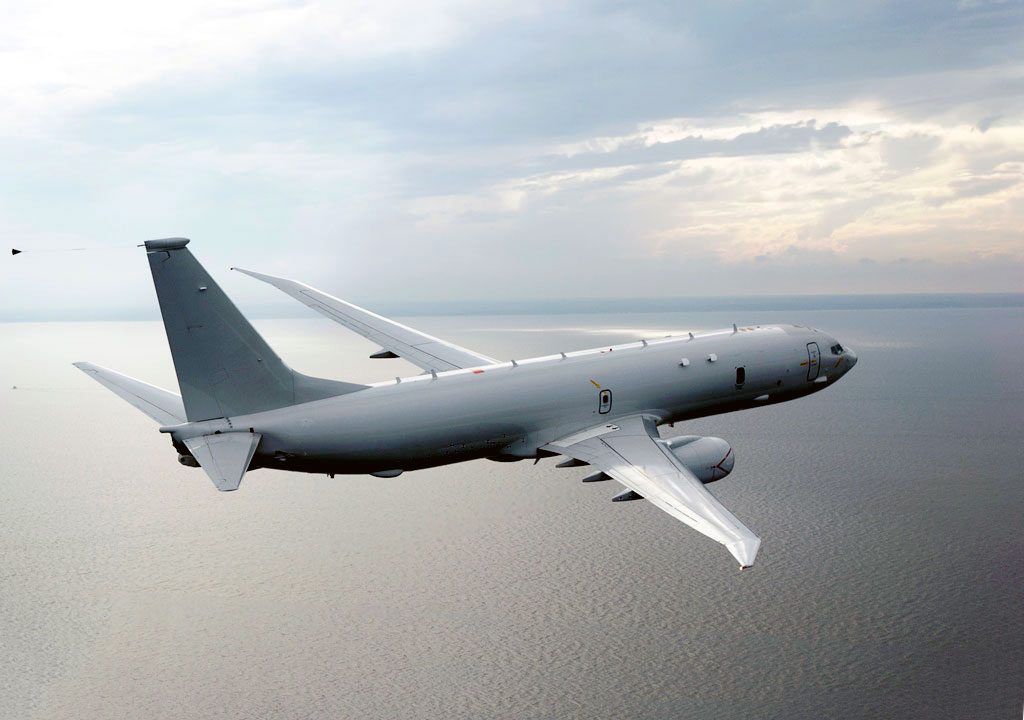
MPA and AEW&C 737 derivatives: looking for new orders
Based on the 737NG short- to medium-range narrow-body airliner, the P-8 Poseidon maritime patrol aircraft programme is fully underway with many of the international customers having already received part of their aircraft.
“The US Navy received 83 production aircraft of the 111 on order, and has flown over 190,000 hours,” Matt Carreon, director International Sales Commercial Derivative Aircraft says. Boeing also delivered eight out of 12 aircraft to the Royal Australian Navy, the ninth should be delivered soon, as well as eight P-8I to India, which already totalled over 15,000 hours. The next in line to receive the Poseidon is UK’s Royal Air Force, the first of nine aircraft due to be delivered in October this year, its maiden flight being planned for July; RAF aircraft will be armed with Mk 34 torpedoes and Harpoon missiles. “We produce 18 aircraft per year,” adds Carreon, the last delivery being planned for early 2023 if no further contract is signed.
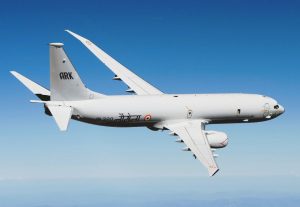
In 2021 India will receive four more aircraft, completing its order, while Norway, New Zealand and South Korea are also due to receive their first aircraft that same year, the latter two by the end of the year. The Royal Norwegian Air Force ordered five P-8, the Royal New Zealand Air Force ordered four of them, and the Republic of Korea Air Force is awaiting six Poseidon.
According to Carreon the P-8 has shown a reliability of over 95%, while talking about production, time has been reduced by 50% while cost has been cut by nearly 40%, resulting in savings of more than 2.1 billion US$. In late 2019 the 737 assembly line will be discontinued, however Boeing will continue producing fuselages for the P-8 programme most of the supply line being specific to this aircraft.
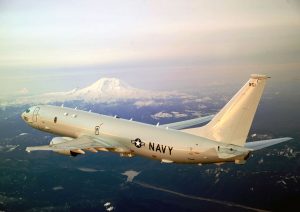
Boeing is still looking for new opportunities for its P-8 and identified what it calls “The European Gap”, many European nations still using legacy MPAs while some are using gap fillers based on platforms which do not cover the entire spectrum of MPA capabilities and are not sufficient to cope with the renewed Russian submarine activity, which intensity is closing that of the Cold War era according to US estimates. In fact Europe is seeking a common solution through what is known as M3A initiative, which official title is “Cooperation on Multinational Maritime Multi Mission Aircraft Capabilities”, this having initially gathered six nations, France, Germany, Greece, Italy, Spain and Turkey, later joined by Canada and Poland. According to Boeing the M3A will finalise a solution not earlier than 2035, thus the company is proposing its P-8 as a ready solution, which overcomes the issues linked to modernising legacy fleet, which would not provide the right capabilities, or developing a new MPA, a timely and expensive solution. According to Matt Carreon discussions are ongoing at various levels, the proposal of a multinational fleet similar to what has been done in the refuelling and strategic transport fields being one possibility.
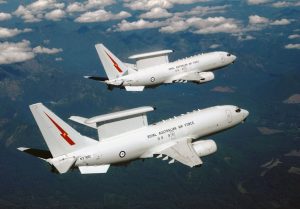
The E-7 airborne early warning and control aircraft is the other military derivative of the 737, although this uses the 737/800 fuselage. Boeing is currently developing a new configuration of the air battle management system and is discussing with numerous countries, Mat Carreon explains. Fourteen aircraft are in service with international customers, Australia having received its six Wedgetails, Turkey and South Korea having received four E-7 each. The last order was acquired last March, the UK having signed a contract for five E-7 the first of which will be delivered in 2023. With considerable growth capability and plenty of spare power, this well proven aircraft, Australia flew over 450 sorties in the Middle East, is attracting growing interest according to Carreon, some potential customers evaluating the use of second hand commercial platforms for their possible AEW&C aircraft.
Photos courtesy Boeing

